Description
The state of Durango, Mexico, is host of virtually all vegetation types present in Mexico, except for tropical evergreen forests This is essentially due to the complex physiography of the state which promotes a great diversity of climates and a remarkable heterogeneity of habitats. Another factor that adds for the high biodiversity of Durango is the Tropic of Cancer which is the line that marks the division of the subtropics and temperate zone to the north and the tropics to the south. Moreover, the Sierra Madre Occidental, which represents more than %u2154 of the surface territory of this state, is considered a center of mega biodiversity in the North American continent, mainly due to its floral richness. It is also a center of floristic diversity for oaks as well as a biological refuge for endemic trees including Douglas Fir, and home to many highly valued flowering plants like orchids. More than 100 mammal species are found in this region, which functions as a corridor for the continued northward and westward expansion of subtropical species, as well as an important barrier that prevents the flow of species of the east towards the Pacific Coast and of the west towards temperated and semiarid regions. These extraordinary characteristics of the state of Durango have contributed to the presence of a relatively high diversity of amphibian and reptile species. Such that today, it is known that a total of 157 (three of them introduced) species of amphibians and reptiles is found in Durango. Thirty-six of these species are amphibians (33 anurans, three salamanders) and 121 are reptiles (five turtles, 54 lizards, and 62 snakes).
Information on each species inhabiting Durango is provided through this book, which includes a brief introduction, a summary of the previous herpetological studies carried out in Durango, a description of the physiographic characteristics of the state, a summary of the conservation status of each of the amphibian and reptile species occurring in the state, a list of the amphibian and reptile species known to occur in Durango, and detail accounts of each species. This information is presented in 416 pages which include: 296 color photos, seven identification keys, 118 black and white figures, 61 color maps, a list of localities of collections for each species, and three appendices. This book was written by Julio A. Lemos-Espinal (Universidad Nacional Autónoma de México), Geoffrey R. Smith (Denison University, Granville, Ohio), and Rosaura Valdez-Lares (Guadalupe Victoria, Durango). These three authors have extensive experience studying the ecology and distribution of amphibians and reptiles of northern Mexico and have authored or coauthored a number of papers and books on this topic.
Additional information
| Choose an option | Book |
|---|
Only logged in customers who have purchased this product may leave a review.


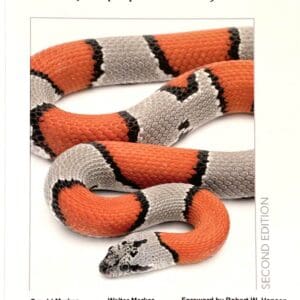

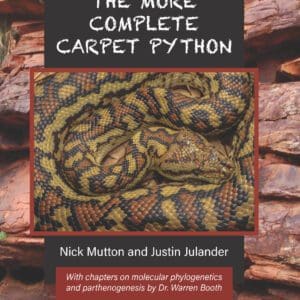
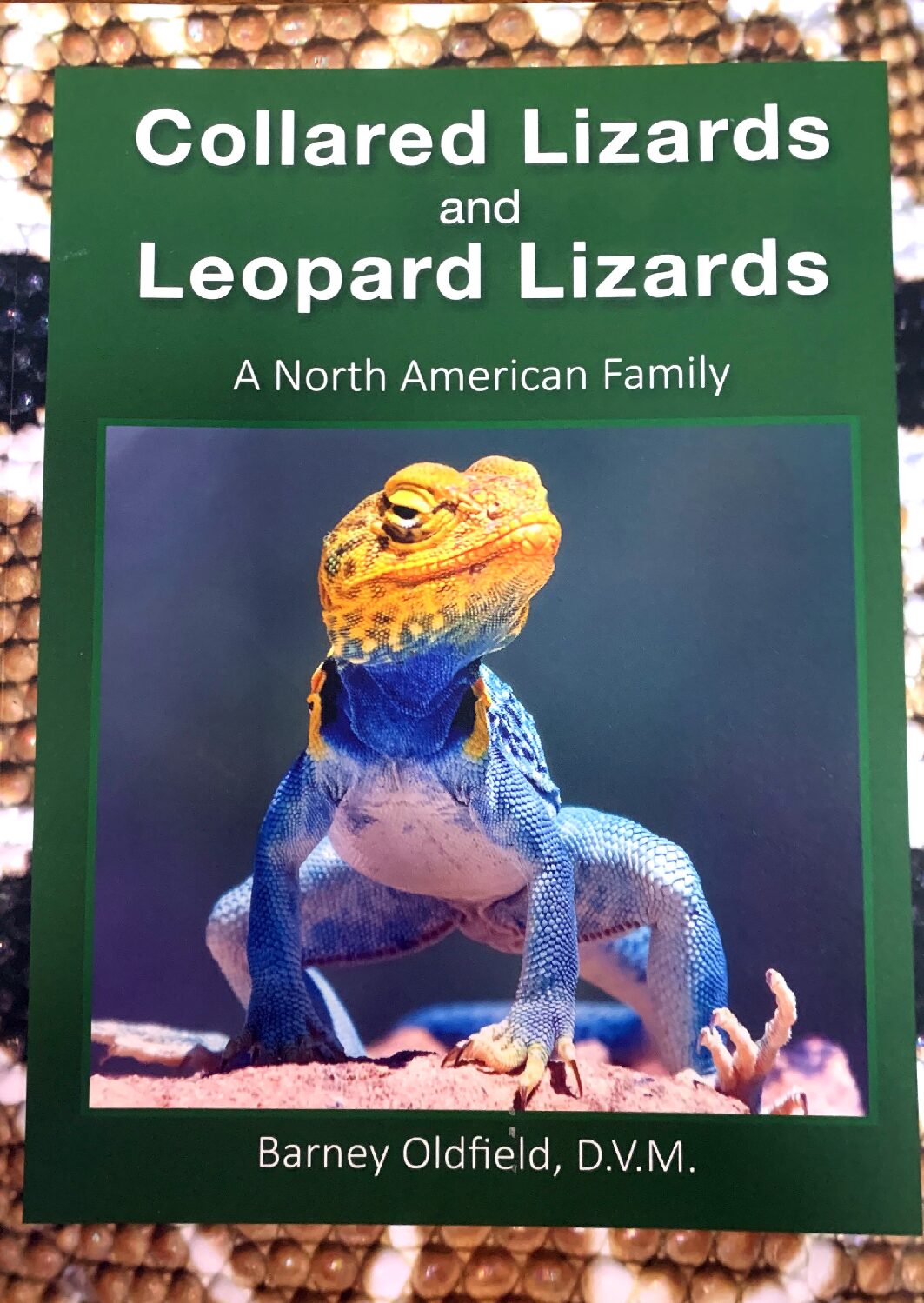
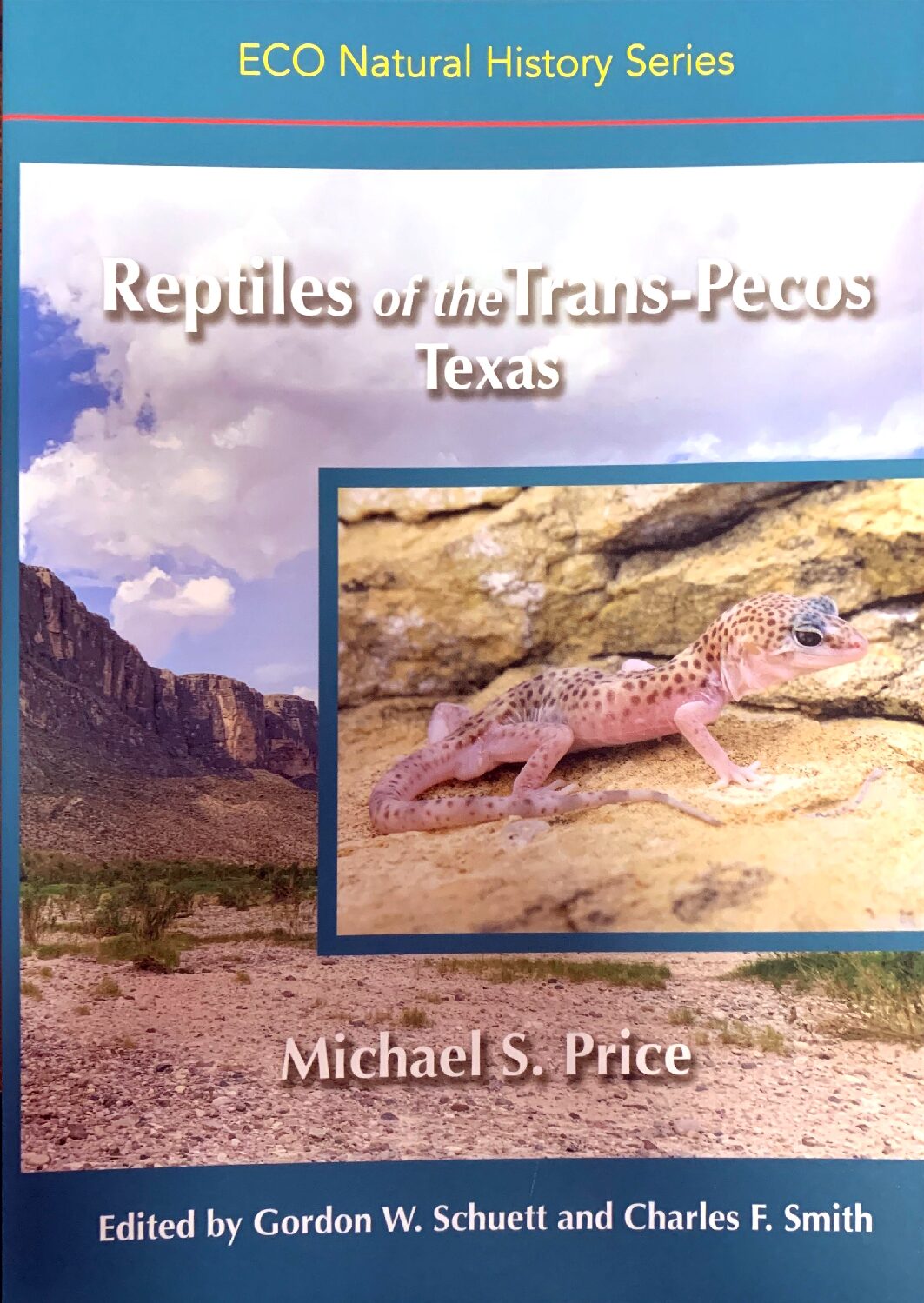

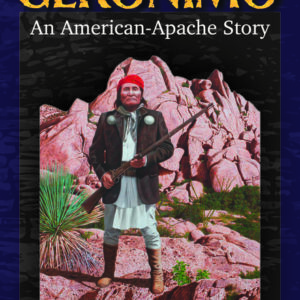

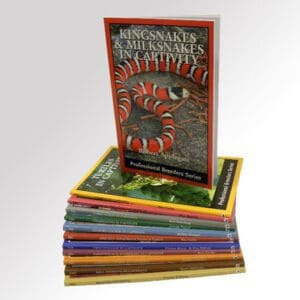
Reviews
There are no reviews yet.